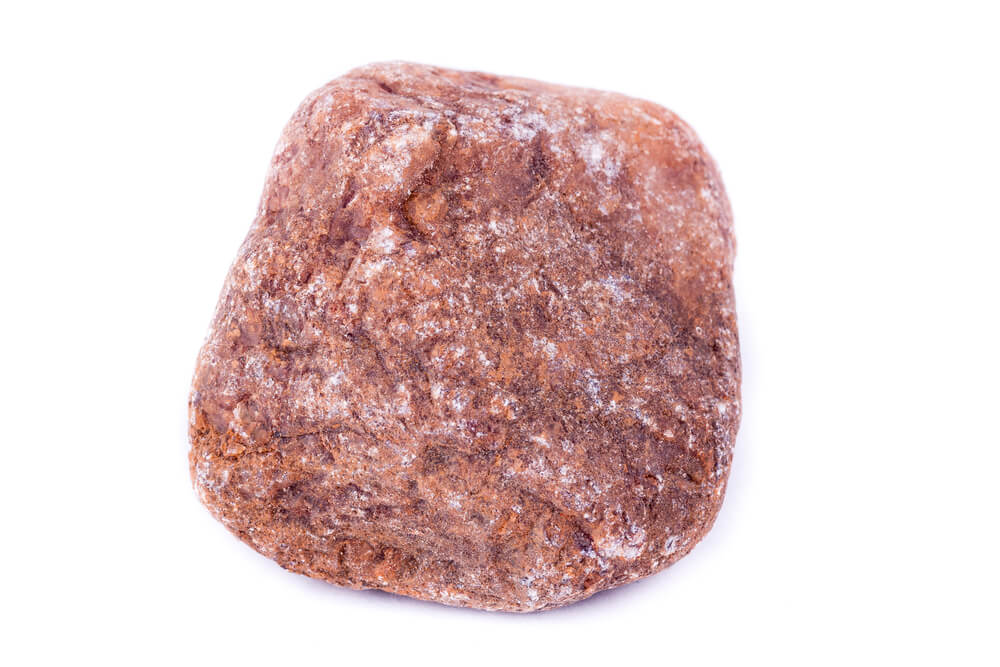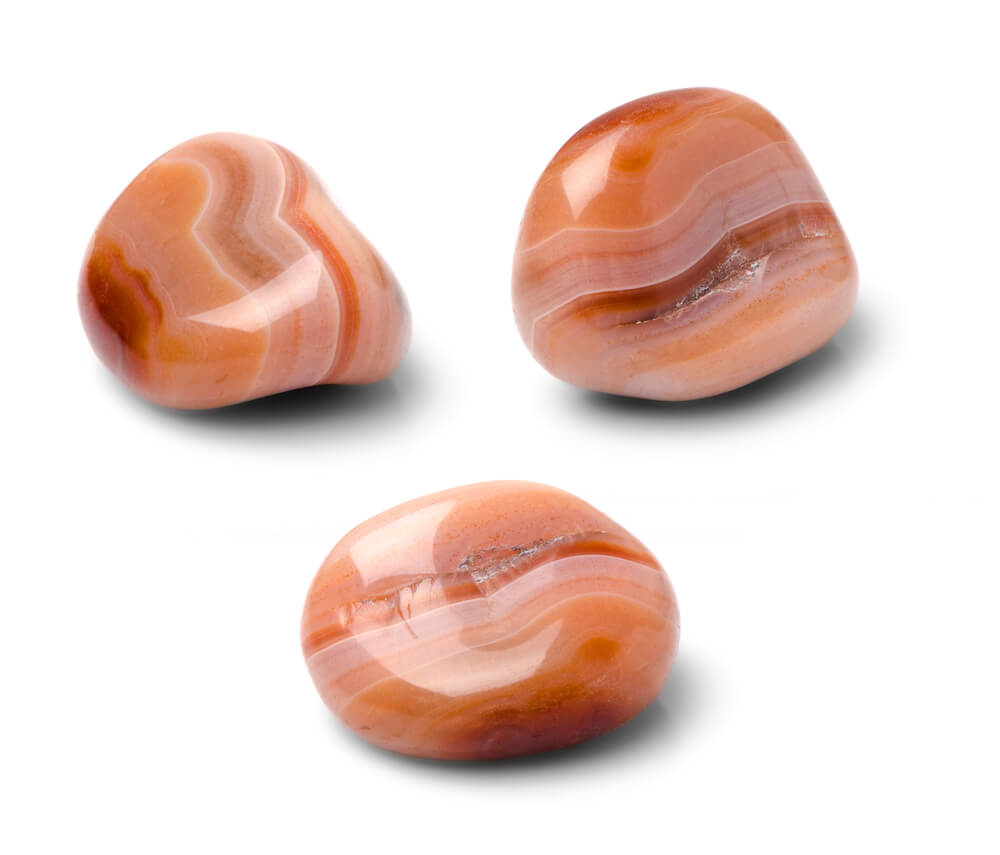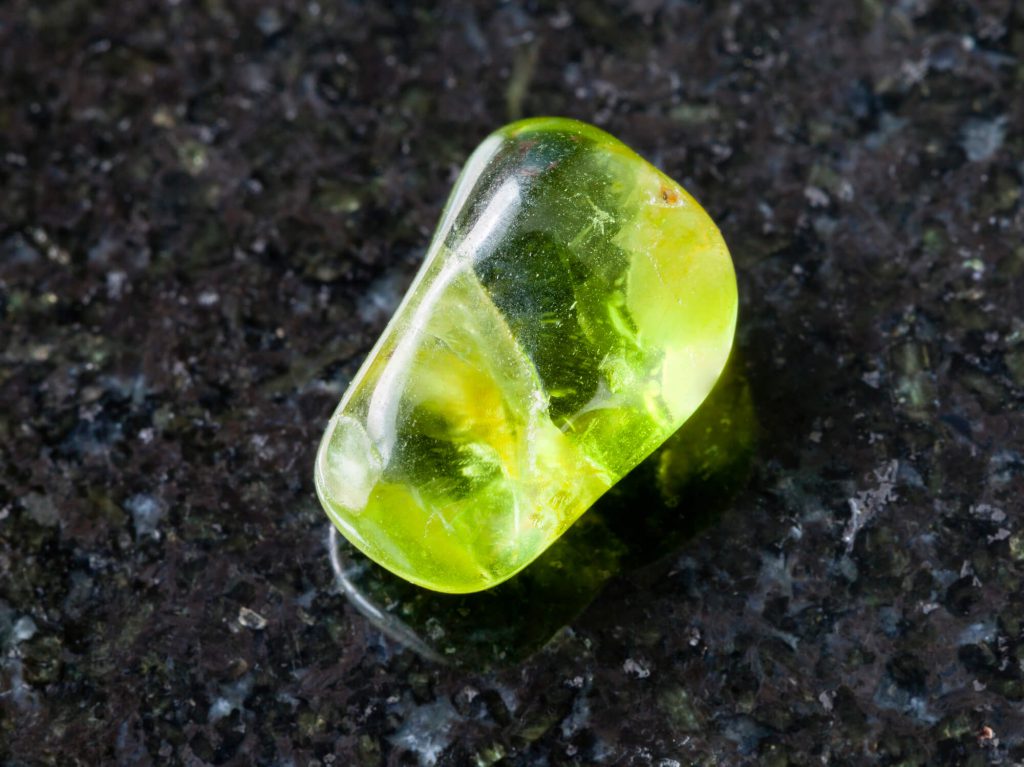Introduction to Peridot, Sardonyx, and Spinel
August boasts of three different options – peridot, sardonyx, and spinel – making it a great month from the birthstone perspective. The latter is available in a variety of hues, sometimes even more so than the others. It can be found across various parts of the world. While its history and lore differ among themselves as well, those born in the month have an option between them.
Peridot is an intense green-colored gemstone that has a special association with light, and according to beliefs, this particular gem possesses healing powers as well. Sardonyx is an ancient stone of the ancients, which consists of make-up alternating layers of sard and onyx—two kinds of the layered mineral chalcedony—to create a reddish zebra-striped gemstone with white bands. Spinel, on the other hand, can be found in a variety of colors, but most popularly in pink and red.
| Aspect | Details |
|---|---|
| Birthstone Month | August |
| Birthstones | Peridot, Sardonyx, Spinel |
| Symbolism | Peridot: Light, Healing; Sardonyx: Courage, Happiness; Spinel: Revitalization, Hope |
| Origins | Peridot: Found in Egypt; Sardonyx: Traced back to Egypt and Rome; Spinel: Mistaken for Ruby across many regions globally |
| Mythology and Beliefs | Peridot: “Gem of the sun”, wards off evil spirits; Sardonyx: Bravery, clear communication; Spinel: Hope, revitalization |
| Physical Properties | Peridot: 6.5-7 on Mohs scale; Sardonyx: 6-7 on Mohs scale; Spinel: 8 on Mohs scale |
| Use in Jewelry | Peridot: Various styles, vibrant green color; Sardonyx: Cameos, brooches; Spinel: All types including daily wear rings |
| Care and Maintenance | Avoid high temperatures and harsh chemicals, clean with warm soapy water and soft brush |
| Psychological and Emotional Significance | Peridot: Healing, light; Sardonyx: Courage, happiness; Spinel: Hope, revitalization |
| Choosing a Birthstone | August offers three choices: the vibrant green of Peridot, the bold bands of Sardonyx, and the varied hues and revitalizing energy of Spinel |
Origin and History of Peridot, Sardonyx, and Spinel
Peridot, known generally as olivine, its history trails back to ancient Egypt. And the mined gemstone on a volcanic island in the Red Sea was named Topazios and present-day Zabargad. Cleopatra loved the gem and wore it always.Sardonyx has a history running for over 4,000 years back to Ancient Egypt. The Romans too rated it very highly and carved them into cameos or even seals used to sign documents.
Spinel had been mistaken for ruby for a long time. The majority of the most famous “rubies” in the world were identified as spinel. Among them is the famous “Black Prince’s Ruby,” and “Timur Ruby” in the British Crown Jewels.
The Mythology and Symbolism of Peridot, Sardonyx, and Spinel
Peridot, often associated with light, had been called “the gem of the sun” by another ancient civilization – Egyptians. Pragmatic people believed that it was possible to protect them from evil spirits and nightmares, as well as give a person their rest, peace, and good luck.
Sardonyx was considered to contain courage, happiness, and clear communication. Roman soldiers used sardonyx talismans engraving heroes like Mars or Hercules holding that the stone would make them as courageous as holds these emblems on it.
On the other hand, and with its own identity, ♦ the spinel has been always considered as a stone of revitalization and hope. It is presumed to help wearer put his ego aside in devotion to another person.

The Various Facets of Peridot, Sardonyx, and Spinel
Peridot’s source of value is from the color, clarity, cut, and size. The darkest olive-green and containing some iron peridots are the most famous and brightly colored. They can either be tiny diamond quality crystals or also be big boulders belonging to rocks.
Sardonyx, on the other hand, is more valued for color than any real amount of translucency. Unlike a great number of other gems, bands accompanying it rather than the lack of inclusions lend value to a sardonyx gemstone. Often this stone is worked into cabochons or carved out of cameos.
Color, size, and availability have a strong effect on the value of Spinel. The most sought colored spinel can be hot pink or ruby red, but they also occur in blue, black as well as purple. This mainly comes in a cushion and oval cuts shapes, although it occurs in other forms that include around, emerald as well as pear.
Physical Properties of Peridot, Sardonyx, as well as Spinel
Peridot is a soft stone comparatively graded at 6.5-7 on the Mohs scale of hardness. The gemstone is quite vulnerable to fast temperature changes because it can easily develop cracks giving the presence of high temperature fluctuation.
Sardonyx has ratings between 6-7 on the Mohs scale. Generally, it tends to be stable from light and is not reactive when it comes into contact with acids. Besides, it’s a durable stone since it’s relatively hard and can serve many purposes ranging from jewelry.
Spinel is reasonably hard at grading 8 on the Mohs scale, a case-hardened gem suitable for all gardening types and styles of jewelery from rings intended for everyday use to every other type of jewelery.

Peridot, Sardonyx, and Spinel in Jewelry Design
Peridot green is vivid and looks good with lots of different colored metals and gemstones. It will normally be given a range of forms for cutting – from standard faceted cuts to more varied artisan cuts. Found within rings, earrings, pendants, and bracelets.
Because they are stones of creativity, Sardonyx is most often cut en cabochon and used in cameos, intaglios, brooches, and beads. When set in jewelry, sardonyx is usually cut into a smooth, flat oval shape, and the deep brown layers are often dyed black to make the white bands stand out more.
Spinel is an entirely flexible gemstone that serves jewelry applications through rings, necklaces, bracelets, and earrings. The gemstone can be faceted to heighten brilliancy and can also be crafted in a wide gamut of cuts.
How to Care for and Clean Jewelry with Peridot, Sardonyx, or Spinel
All three stones require similar care. They are to be protected from high temperatures and harsh chemicals. Cleanse all with warm soapy water and a soft brush. When these are not being worn, simply wrap them in some soft cloth or keep them within a fabric lined box.
Conclusion: The Timeless Appeal of Peridot, Sardonyx, and Spinel
Peridot, sardonyx, and spinel are perennial favorites for the fortunate souls who are born in August. Whether you’re drawn to the lively green of peridot, the bold bands of sardonyx or the vibrant yet varied hues of spinel, the August birthstones make for meaningful and beautiful jewelry pieces.

